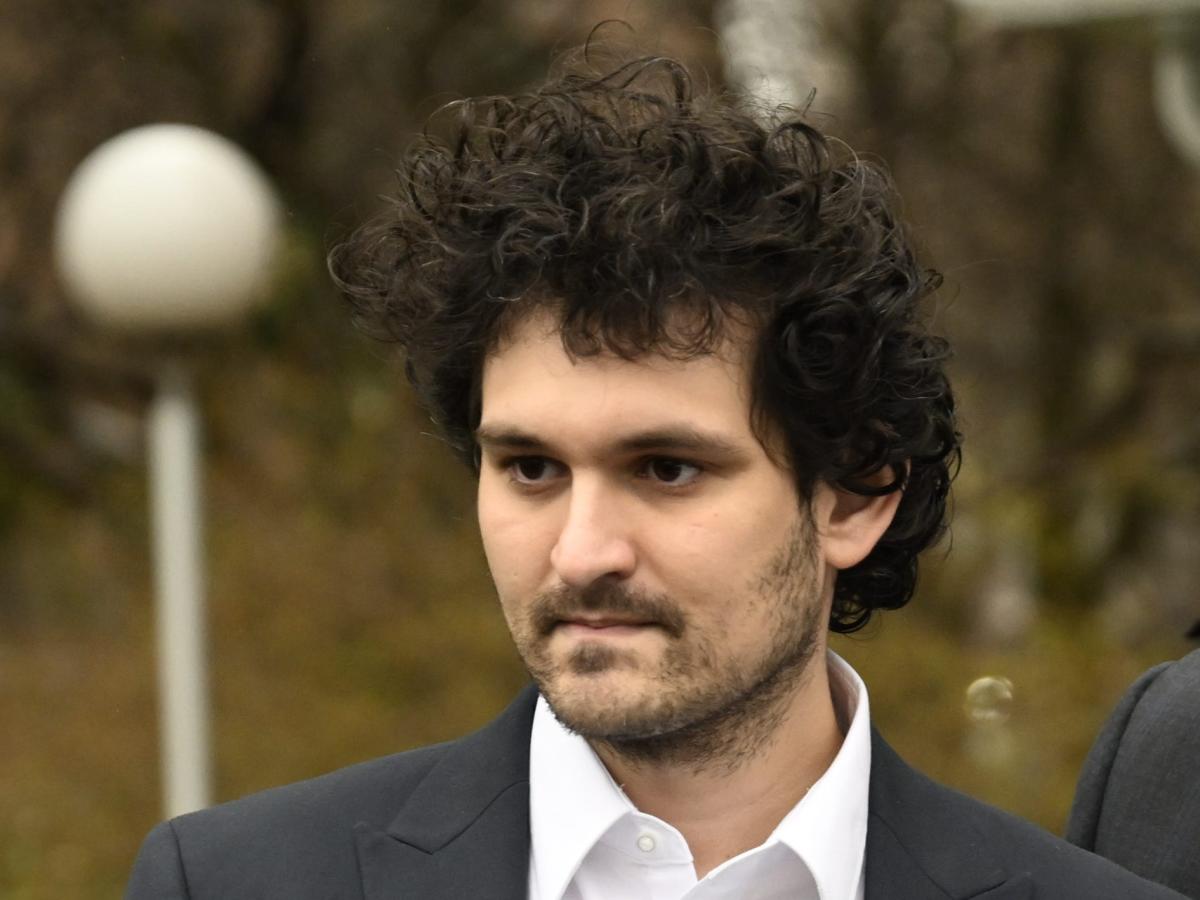In our Kaleidoscope newsletter, we cover race, culture and equity in Charlotte and showcase a multitude of people and experiences that make the Queen City special. Subscribe for free. Story idea? Lvernonsparks@charlotteobserver.com
Mariyah Curb giggled and nimbly navigated her mouse last Friday while demonstrating a new 3D computer game she created.
The Phillip O. Berry Academy of Technology student is learning coding skills to create 3D video games, but she used those same talents to build a 3D virtual replica of an original United House of Prayer. It’s a structure that stood on McDowell Street some six decades ago in Charlotte’s former Brooklyn neighborhood.
Like Curb, a dozen of her classmates are building virtual 3D models of the many streets, buildings and other iconic landmarks from the once thriving historically Black neighborhood, lost to urban renewal in the 1960s. But with the help of the Berry students, it’s now experiencing a digital rebirth.
“History never goes away, because these buildings all existed. They’re not there anymore, but they all had history,” said Curb, 17, who aspires to study mechanical engineering. “Some of them built the community. Some of them had large impacts on people. And I didn’t know that. I didn’t know that any of this existed anywhere here in Charlotte.
“One day, if I get an opportunity, I can make sure stuff like that doesn’t happen.”
While the activity resembles a game of Minecraft, moving grids and blocks around, the students aren’t just playing. They are writing the computer code to create replicas of historic buildings, some long razed, others that are still standing that once represented cornerstones of this community. They include Second Ward High School, the original McCrorey YMCA on Caldwell Street, and the North Graded School on Brevard Street, a former movie theater and even an iconic Coca-Cola sign.
While it demonstrates how their skills relate to real-world applications, the students are learning more than history — they are helping to preserve it. The Dottie Rose Foundation, a Charlotte-based nonprofit dedicated to expanding technology education for girls, is partnering with Charlotte Mecklenburg Schools and Johnson C. Smith University to help the HBCU create a digital archive.
The project is a first step in a larger virtual revival effort that JCSU is leading to create a digital museum for the community to see and feel the history of this neighborhood and, in the future, other former Black communities, such as Greenville, First Ward and Third Ward.
“I’ve been really interested in documenting these historically black communities around JCSU for historic West End communities,” said Brandon Lunsford, the director of library services and archivist for JCSU since 2009. “I did a digital map. It’s not 3D but it is a digital way for people to explore the neighborhood’s history.” He added the tool is also used to learn about important people and the location of events that took place there.
“Remember those neighborhoods were destroyed,” he said. “A lot of those people, a lot of churches, businesses, they all came over here. The West End is sort of not only the only historical Black neighborhood still in Charlotte, it’s also sort of a legacy of those other neighborhoods that were destroyed.”
Brooklyn was different, even misunderstood, Lunsford said, because everyone thought razing the neighborhood was justified. Many in the government sought to seize the land in the neighborhood that included McDowell, Brevard and Second streets.
“They justified tearing it down because they said it was blighted. Houses were in bad shape, and there was disease. It was just an eyesore that needed to go,” he said. “The best way to dispel that notion is to show people what the neighborhood looked like.”
Lunsford said the group has relied on a grant from the Knight Foundation and has enlisted the help of tech-savvy students at the academy to expand interest. He hoped to bring them a tool they could play around with and use their skills while learning the history. He posed this to Sharon Jones, who heads Dottie Rose.
“This is my wheelhouse,” said Jones, who previously taught computer science and served as a career and technical education teacher at CMS. “What I always tried to do is connect what they were learning in the classroom to something that was happening in real life. If I could connect it to something that was happening in the community, it made it even more impactful for the kids.”
The students had three sessions, headed by their teacher Bryan Phillips, to learn how to manipulate and create the assets, Jones said. The project is still in its early stages, but students already get it.
“I’ve heard about (Brooklyn) before. My mom had told me about it, but it almost didn’t seem … real because, you know, you don’t see that type of stuff right now,” said Jonathan Callicoatte, an 18-year-old student who worked on a replica of the former McCrorey YMCA. “Especially being a person of color, it means something to be able to go back and rebuild stuff that I wasn’t able to see, so other people will be able to see and they won’t just be forgotten about.”
Signup bonus from





